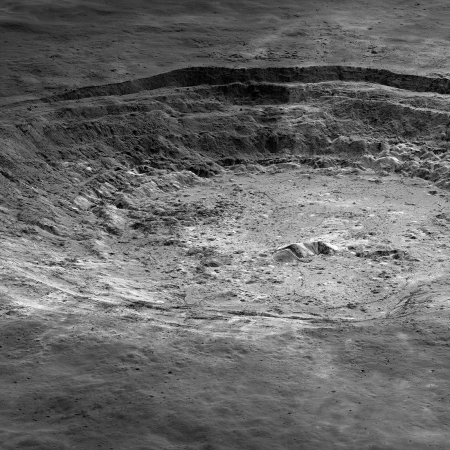ULA’s Delta-4 Heavy successfully launches the Parker Solar Probe
ULA’s Delta-4 Heavy has successfully launched the Parker Solar Probe.
As I write this the spacecraft is in orbit, but there are several more steps needed to confirm the spacecraft is on course, including a second burn of the upper stage, its separation from the spacecraft, followed by the firing of the solid rocket kick stage and then its separation from the spacecraft. All these steps will take another 40 minutes or so, so reporting them will have to wait until tomorrow.
Update: The spacecraft has successfully separated from its last stage and is on its way.
Over the next two months, Parker Solar Probe will fly towards Venus, performing its first Venus gravity assist in early October – a maneuver a bit like a handbrake turn – that whips the spacecraft around the planet, using Venus’s gravity to trim the spacecraft’s orbit tighter around the Sun. This first flyby will place Parker Solar Probe in position in early November to fly as close as 15 million miles from the Sun – within the blazing solar atmosphere, known as the corona – closer than anything made by humanity has ever gone before.
The leaders in the 2018 launch standings:
22 China
15 SpaceX
8 Russia
6 ULA
4 Japan
4 Europe
The U.S. and China are once again tied in the national rankings, 22 each.
ULA’s Delta-4 Heavy has successfully launched the Parker Solar Probe.
As I write this the spacecraft is in orbit, but there are several more steps needed to confirm the spacecraft is on course, including a second burn of the upper stage, its separation from the spacecraft, followed by the firing of the solid rocket kick stage and then its separation from the spacecraft. All these steps will take another 40 minutes or so, so reporting them will have to wait until tomorrow.
Update: The spacecraft has successfully separated from its last stage and is on its way.
Over the next two months, Parker Solar Probe will fly towards Venus, performing its first Venus gravity assist in early October – a maneuver a bit like a handbrake turn – that whips the spacecraft around the planet, using Venus’s gravity to trim the spacecraft’s orbit tighter around the Sun. This first flyby will place Parker Solar Probe in position in early November to fly as close as 15 million miles from the Sun – within the blazing solar atmosphere, known as the corona – closer than anything made by humanity has ever gone before.
The leaders in the 2018 launch standings:
22 China
15 SpaceX
8 Russia
6 ULA
4 Japan
4 Europe
The U.S. and China are once again tied in the national rankings, 22 each.


